|
Harold
Caparn
(December
18, 1864-September 24, 1945)
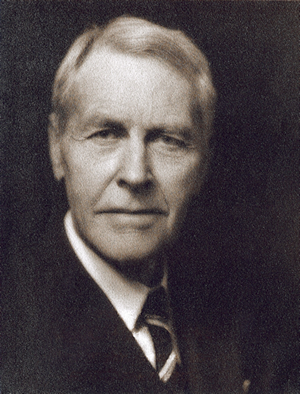
Harold
Caparn opened his landscape architecture office at Yonkers, NY,
in 1898. Besides commissions for private estates he won a competition
to design two Yonkers city parks. Working as a one-man firm, he
gave personal attention to his clients, drawing plans, selecting
plant material and overseeing the implementation of the plan to
his exacting requirements.
After
four successful years in Yonkers, he moved his office in 1902
to 156 Fifth Avenue in Manhattan. He was already engaged in designing
The Bronx Zoo.
Caparn worked
from late 1899 through 1904 as the landscape architect of the
New York Zoological Park-The Bronx Zoo-the largest metropolitan
zoo in the United States. He designed the Entrance Concourse and
central Court, working alongside Heins and LaFarge, the architects
of the animal buildings. He laid out open-air animal areas and
walkways giving access along the Bronx River and to the outdoor
animal exhibits. The Bronx Zoo is now a designated New York City
Landmark.
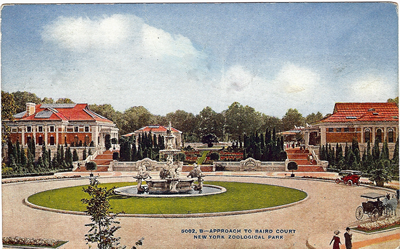 Photos: L: Water Gardens, BBG; Entrance, Bronx Zoo.
Photos: L: Water Gardens, BBG; Entrance, Bronx Zoo.
R: Tully home, entrance; Astor Court, Bronx Zoo.
Book Cover: Caparn's design of the Cranford Rose
Garden for the Brooklyn Botanic Garden |
The
Authoritative Book on the Work
of Harold Caparn
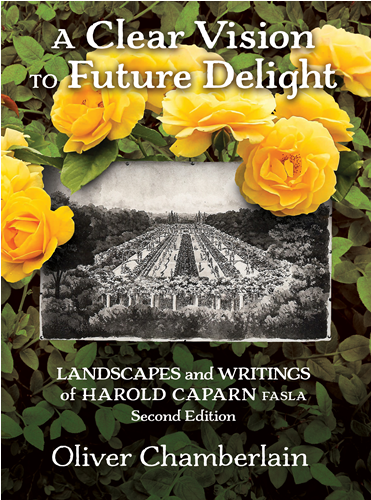
Because
of the quality of his landscape designs and his published
articles, in 1905 he was elected a Fellow of the American
Society of Landscape Architects (FASLA).
Caparn
designed the estate and business landscapes for many clients
from 1900 through the mid-1930s who were well-to-do and leaders
in business, such as William Tully, Counsel for the Metropolitan
Life Insurance Co., whose home and estate was on the north
shore of Long Island. Caparn designed a rose garden for Tully
that became the model for the rose garden of the Brooklyn
Botanic Garden. Caparn also designed the grounds and entrance
for the Tully estate.
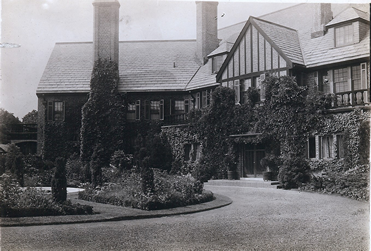
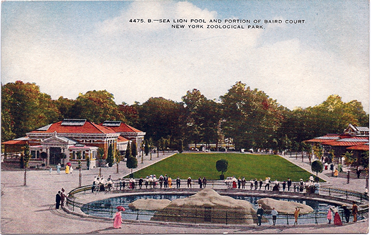
|